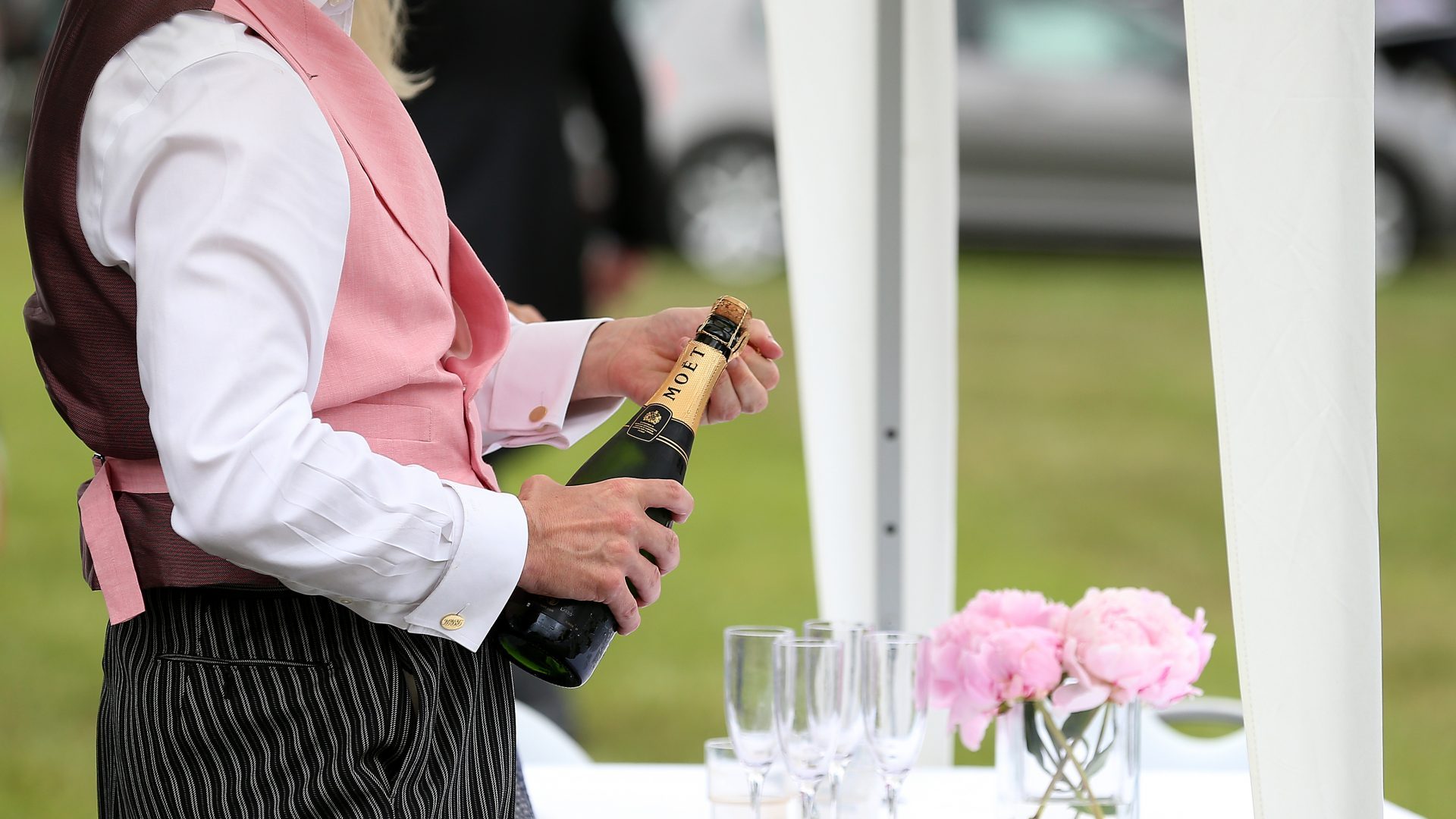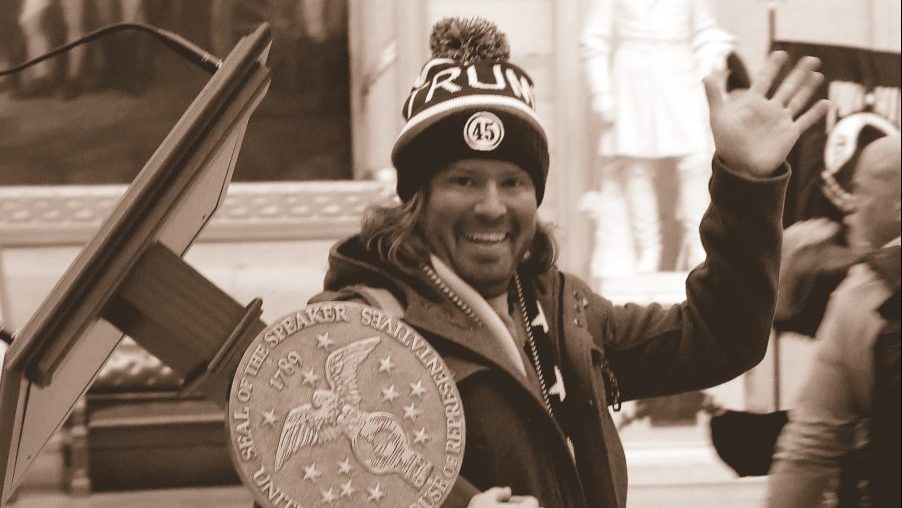Did you toast the New Year with champagne? Strictly and legally, the answer is yes only if you quaffed sparkling wine from the Champagne region of France produced under the appellation rules about type of grape and methods of pressing, and fermentation in the bottle. That’s a stipulative definition made by a committee with the appropriate authority.
So, if you toasted with prosecco, Cava, or spumante, or even an English sparkling wine, that wasn’t really champagne even if it tasted very similar and you called it that. At best it was champagne-style wine. But for some of us, the terroir isn’t the sole main criterion.
The taste and look may be more important (though undoubtedly what you know affects what you taste, and even what you see). What makes a sparkling wine champagne-like, in the sense of tasting like champagne, is that it shares certain key features with the paradigm cases of champagne (i.e. the authorised ones that come from Champagne).
These features include being sparkling, of distinctive flavour, being made from particular grape varieties, having a champagne colour, and so on.
There is, in other words, what the philosopher Ludwig Wittgenstein called a family resemblance between the things we think of as champagne in this unofficial sense, rather than a single definitional quality that they all share – just as related members of a family may share features, such as hair colour, skin tone, eye shape, and so on without every single member of that family sharing all.
In this case, not all sparkling wines came from grapes from Champagne. But we can still see a resemblance between family members despite the lack of a single essential feature that they all share.
Wittgenstein’s point was that language typically operates this way – we use a term like ‘game’ (his example) in this way to refer to things that have a resemblance to other things we call games, but there is no single common denominator, no essence shared by every game.
Champagne is perhaps a special case, because there is a committee empowered to stipulate the definition and police the term. Without that, we might have called Cava, spumante, and many other sparkling wines champagne, just as we refer to a Henry vacuum cleaner – or even a Dyson – as a Hoover. But what about something else that you might have experienced (cautiously) over New Year – a party. How do we decide whether a gathering is a party? Well, first, the number of people present is relevant. If there is only one person that isn’t a party. Probably not even when there are two or three. A dinner party with two couples is a party of sorts. A party in the garden might well require more people to merit the name. But when there are 17 people present, there are more than sufficient.
What other typical features do parties share? Most, but not all parties, involve alcohol. Wine or beer are typical party drinks. Some, but not all, parties have snacks available – cheese, perhaps.
Parties are generally a chance to relax and socialise. They are held indoors and sometimes outside in gardens. Parties, of course, share some of these features with other events that aren’t parties. Work meetings involve people coming together and can even occur outside, though typically they don’t.
Work meetings don’t usually involve alcohol (unless the work is wine tasting, and then the participants spit rather than swallow). Work meetings usually involve taking notes or recording minutes, and have clear agendas. People don’t generally show up with a baby to a work meeting, though they might at a party. And so on.
So, on a Wittgensteinian analysis, what makes something a party, rather than a work meeting, is that it sufficiently resembles other things we call parties to warrant the use of that word to so describe the gathering.
But maybe things have changed. Maybe we are now in a world that is more like the world of wine. A committee decides whether we can call a drink ‘champagne’, and a group of politicians now stipulates whether a gathering is a party, or, indeed whether a trip to Barnard Castle was an eye test. The decision by the authority is sufficient to decide the issue.
In Through the Looking-Glass, Alice complained that she couldn’t believe impossible things. The White Queen replied that she no doubt hadn’t had much practice, and that when she was younger, she had done it for half an hour a day and sometimes managed to believe six impossible things before breakfast. We’re certainly being given plenty of practice.



